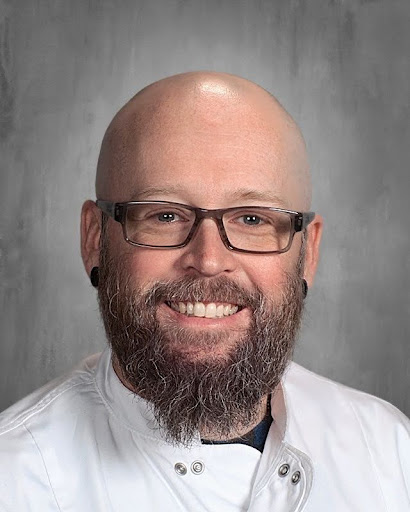Scoliosis Struggles
Spine condition changes teens’ way of life
January 23, 2019
Scoliosis, a curvature of the spine, affects a substantial sum of people around the world. Although the severity of the condition depends on the individual, generally it causes back pain and sometimes muscle spasms. Students with scoliosis face struggles such as moving around, carrying their bags and participating in physical activities.
Some people believe scoliosis plays a large part because they underwent a complete lifestyle change after the initial diagnosis.
“Scoliosis is definitely a big part of me, and always will be even though I recently went through the surgery to ‘fix’ the spine’s curve,” junior Taryn Holmes said. “Through all of my life, scoliosis has become a part of my story, from back braces to restrictions and finally to the surgery. Scoliosis affects a lot of what I do and how I behave. After pushing through tough experiences and frustrations, I feel that I’ve become a stronger person while remaining meek.”
Others with this condition consider it a separate part of themselves, as just a condition and not anything that contributes to how they act.
“I feel like it’s separate, because, even though I have scoliosis, that’s not all that defines me,” sophomore Andrea Trujillo said. “It’s just a condition that I have.”
Each person reacts to the diagnosis in a different way.
“At first, the announcement didn’t make a huge impact on me,” Holmes said. “I knew what it was because my mother and grandmother had both experienced it, in fact, by the both of them, I had been told that I would most likely end up with at least traces of it, especially at such a young age. Scoliosis was nothing more than a normal phenomenon that left my spine not as straight as everyone else’s.”
Sometimes people find the diagnosis as a relief because it puts a name to all the pain they experienced in younger years.
“I found out pretty recently and my initial reaction was tears,” Trujillo said. “Not because I was scared or sad but because I felt relieved that I finally found out why my back had been hurting for such a long time. It was also causing walking issues, so knowing I was going to get some treatment to relieve my back pain was comforting.”
Some people hardly react at all.
“It was summer before sophomore year,” sophomore Jacob Rivera said. “We were in Walmart when my mom told me to walk straight. I responded by telling her I was.”
Because of the curve of the spine, even sitting up straight presents challenges. Simple things like marching band, P.E activities and just enjoying a walk becomes a difficult task because of scoliosis. Treatment and physical therapy help, but not always to the same level as someone without the condition.
“My back curved inward in such a way that I couldn’t do sit-ups, stand flat up against the wall or even really stand up completely straight,” Holmes said. “The latter examples may not sound like something I’d want to do anyway, however once you can’t do something, perspective changes.”
Human beings tend to take the abilities they use every day for granted.
“For the most part, however, I was able to still do a lot of things,” Holmes said. “I played tennis, played the violin and rode horses every weekend. By not allowing my scoliosis to be an excuse, I was able to accomplish a lot.”
Things that they participated in before felt impossible now that scoliosis stood in the way.
“My condition has prevented me from doing marching band, and I didn’t think it would affect me as much as it does,” Trujillo said.
Like all disabilities, challenges or obstacles, the affected learn to overcome it, adapt and come through better than before. They use scoliosis as a way to inspire others and achieve great things. Even the little things mean a lot to those with this condition.
“One thing that really started to bother me was the fact that I could never stand up straight,” Holmes said. “To respond to this, I practiced positions closest to straight posture. Sure enough, even though my back was arguably the worst of my class, people would commend my ‘perfect posture’. I was determined to not let scoliosis slow me down in activities that I still had control over.”
Overcoming the mental effects challenges people as well, but they conquer the obstacles that hold the potential to stand in the way of a normal life.
“I’ve overcome my fear of people seeing me as disabled or broke,” Trujillo said. “I don’t really care if others know anymore.”




